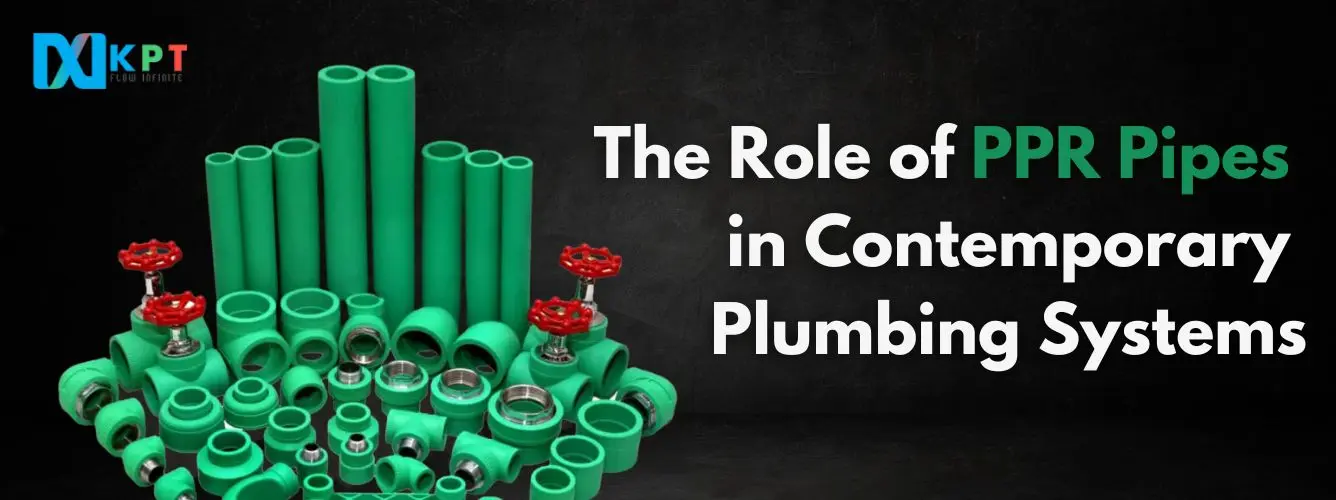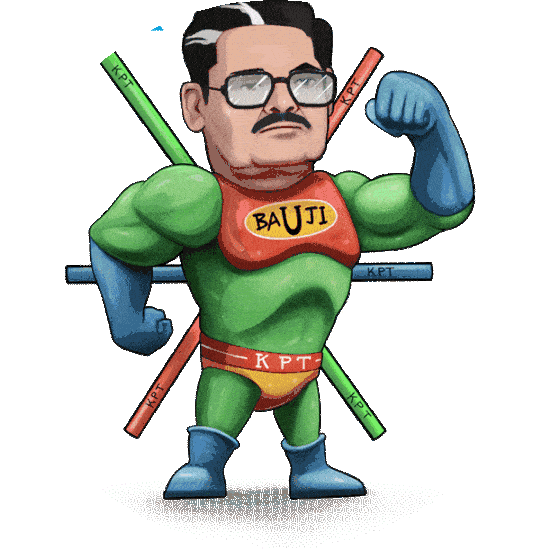
24 Jul The Role of PPR Pipes in Contemporary Plumbing Systems
Plumbing systems have evolved dramatically over the years, and with the advent of new technologies, the industry has seen significant advancements. One such innovation is the introduction of Polypropylene Random Copolymer (PPR) pipes, which have revolutionized modern plumbing systems. This article delves into the importance of PPR pipes in contemporary plumbing, examining their composition, benefits, applications, and environmental impact.
Understanding PPR Pipes
Material Composition: PPR pipes are crafted from polypropylene random copolymer, a form of plastic. This material provides numerous benefits for plumbing purposes:
- Non-Toxic:PPR is a material that is non-toxic, guaranteeing that it does not pollute drinking water, thus ensuring the safety of plumbing systems that handle potable water.
- Corrosion Resistance: Unlike metal pipes, PPR pipes are highly resistant to corrosion, ensuring a long lifespan and reducing maintenance costs.
- Smooth Inner Surface: PPR pipes have a smooth inner surface, which promotes better water flow and minimizes pressure loss, enhancing the efficiency of the plumbing system.
Versatility in Applications
PPR pipes are incredibly versatile, finding applications in various areas of modern plumbing:
Domestic Water Supply: PPR pipes are widely utilized in residential water supply systems.Their non-corrosive nature and smooth inner surface contribute to a steady flow of clean water, ensuring household water quality and safety.
Hot Water Systems: Due to their resistance to high temperatures, PPR pipes are the preferred choice for hot water supply in households and industries. They can handle the thermal stress without degrading, making them ideal for these applications.
Chemical Transport: Their resistance to various chemicals makes PPR pipes ideal for transporting chemicals in industrial environments. They can handle corrosive substances without compromising the integrity of the piping system.
Benefits of PPR Pipes In Modern Plumbing System
The adoption of PPR pipes aligns with modern environmental concerns, offering several eco-friendly benefits:
Sustainability: PPR pipes are recyclable, contributing to sustainable plumbing practices. Their production and disposal have a lower environmental impact compared to traditional materials, making them a green choice.
Energy Efficiency: PPR pipes facilitate energy-efficient systems such as hydronic heating, which helps in reducing energy consumption. Their thermal insulation properties ensure minimal heat loss, enhancing overall system efficiency.
Reduced Water Waste: The non-corrosive nature of PPR pipes ensures minimal water wastage and a longer service life. The longevity of PPR pipes leads to less frequent replacements and repairs, ultimately reducing environmental impact and resource consumption.
Installation and Maintenance
Ease of Installation: PPR pipes are lightweight and simple to install, which decreases labor expenses in plumbing projects. They can be connected using heat fusion methods, creating leak-proof connections that improve system reliability.
Minimal Maintenance Requirements: Once installed, PPR pipes require minimal maintenance. Their smooth surface prevents the buildup of scale and biological growth, ensuring consistent water flow and reducing the need for frequent cleanings.
Longevity and Durability
PPR pipes are well-known for their extended lifespan. Their resistance to corrosion, scaling, and chemical damage ensures that plumbing systems remain functional for many years, reducing the need for frequent replacements and repairs.
Technological Advancements and Future Trends
Innovative Materials and Designs: The future of PPR pipes appears promising with continuous research and development efforts aimed at enhancing their characteristics. Innovations in material composition and pipe design are expected to further improve their performance and durability.
Smart Plumbing Integration: As smart home technologies become more prevalent, PPR pipes are being integrated with smart plumbing systems. This integration allows for real-time monitoring and management of water usage, leak detection, and overall system efficiency.
Market Growth and Expansion: The global market for PPR pipes is expanding rapidly, driven by increasing urbanization, infrastructure development, and the need for sustainable building practices. Emerging markets are adopting PPR pipes for their reliability and cost-effectiveness, contributing to their growing popularity.
Case Studies and Real-World Applications
Residential Projects: In residential projects, PPR pipes have been successfully used for potable water distribution and heating systems. Homeowners appreciate their durability, ease of installation, and the peace of mind that comes with using non-toxic materials for their water supply.
Commercial and Industrial Projects: In various industrial and commercial settings, PPR pipes have demonstrated their value across different uses, such as chemical transportation and hydronic heating systems. Industries benefit from their resistance to harsh chemicals and high temperatures, ensuring reliable and safe operations.
Conclusion
PPR pipes play a crucial role in contemporary plumbing systems. Their material makeup, adaptability, eco-friendly aspects, ease of setup, and durability make them a favored option for modern plumbing projects. As the plumbing sector progresses, PPR pipes are likely to have an even more significant impact on ensuring efficient, safe, and sustainable water distribution and conveyance.
FAQs
Q1.What is the average lifespan of PPR pipes in plumbing systems?
Ans: PPR pipes are known for their long service life, often exceeding 50 years under normal operating conditions. Their resistance to corrosion, scaling, and chemical damage ensures that plumbing systems remain functional for many years, reducing the need for frequent replacements.
Q2.How do PPR pipes handle high-pressure applications?
Ans: PPR pipes are ideal for a variety of plumbing applications, including high-pressure water distribution systems, since they are made to sustain high pressure.
Q3.Can PPR pipes be used in industrial applications?
Ans: Yes, PPR pipes are suitable for various industrial applications, including chemical transport and process water systems. Their resistance to a wide range of chemicals and ability to handle high temperatures make them ideal for demanding industrial environments.
Q4.What maintenance is required for PPR pipes in Modern plumbing systems?
Ans: PPR pipes require minimal maintenance once installed. Their smooth surface prevents the buildup of scale and biological growth, ensuring consistent water flow. Routine inspections for leaks or damages are typically all that’s needed to maintain their performance.



